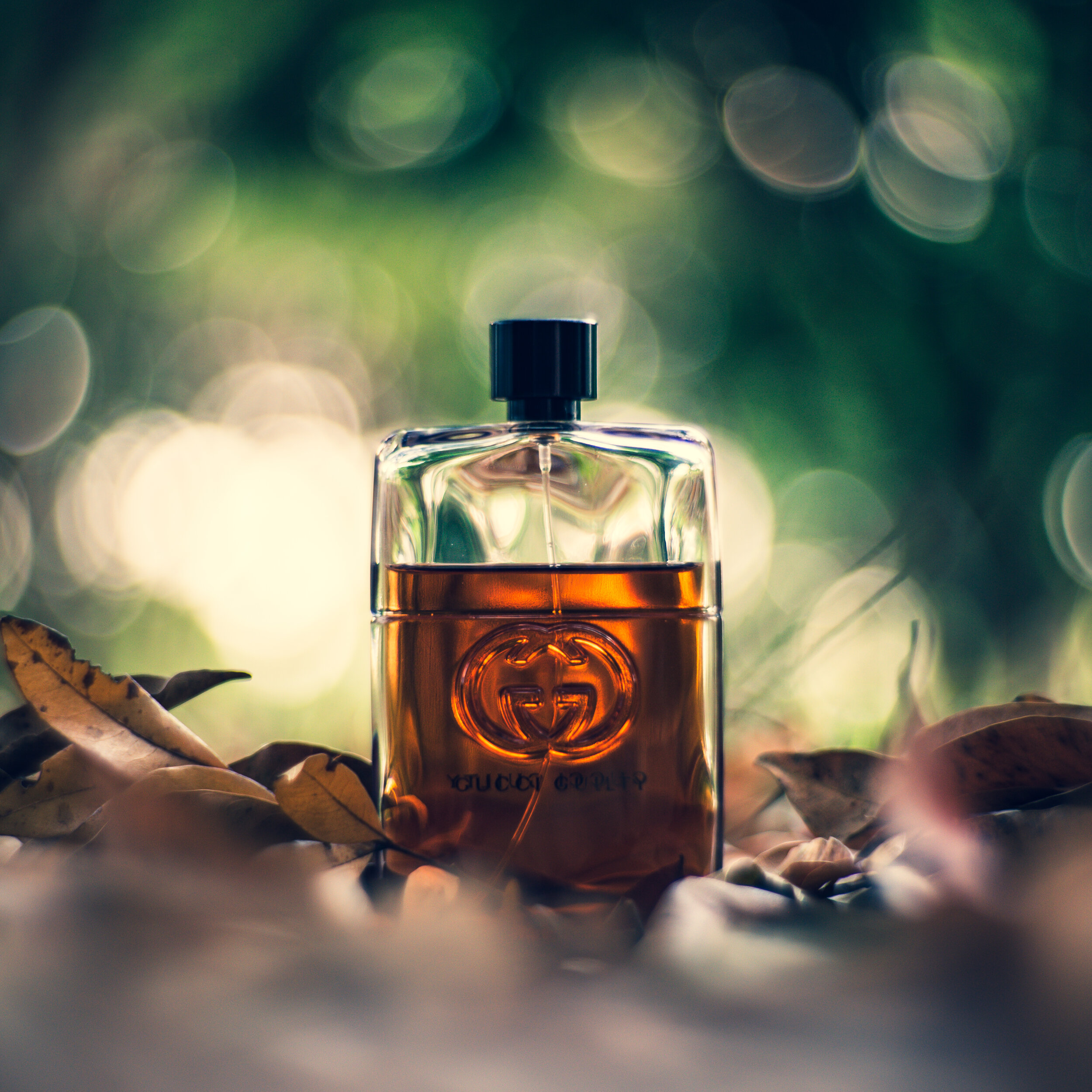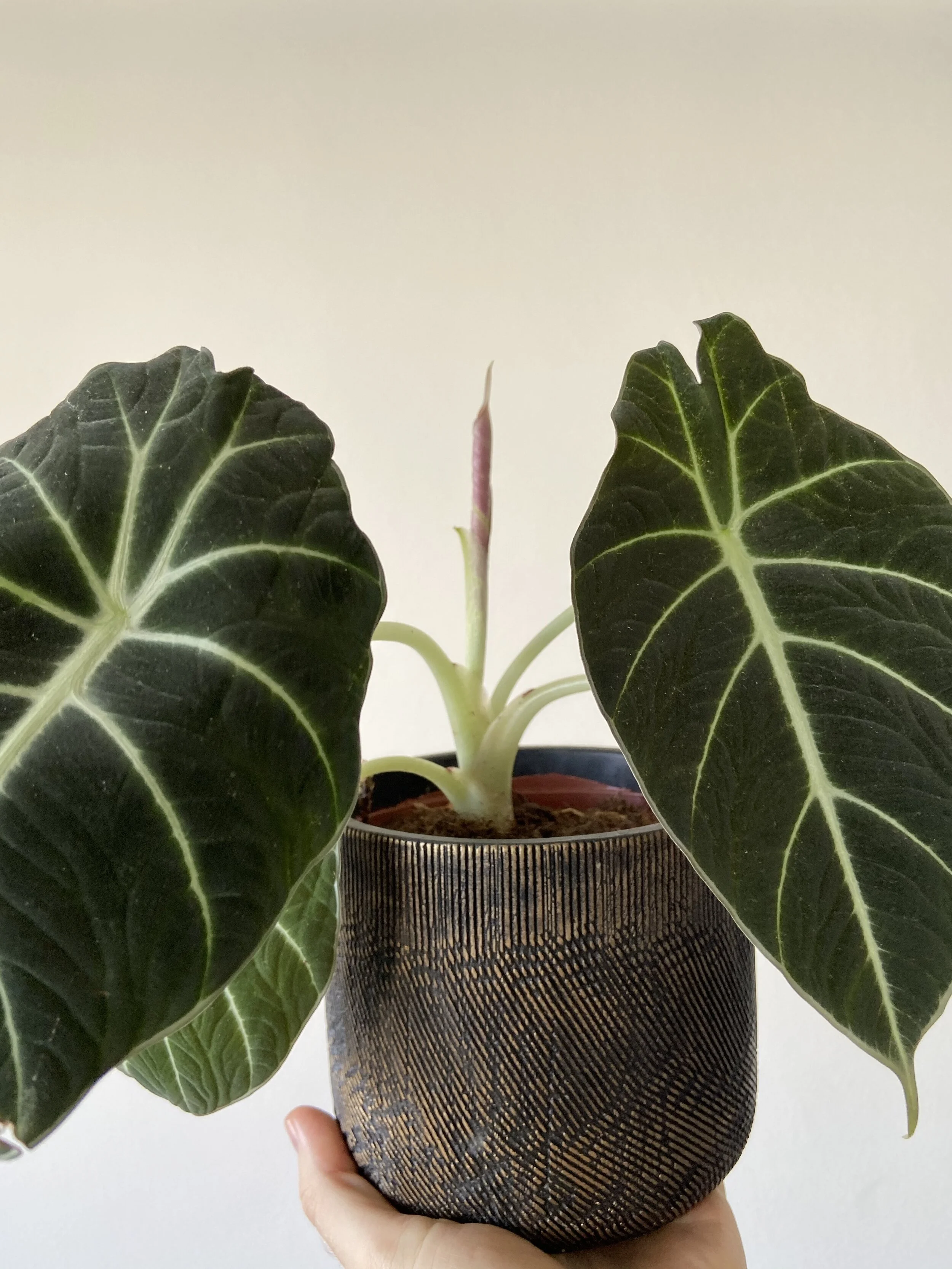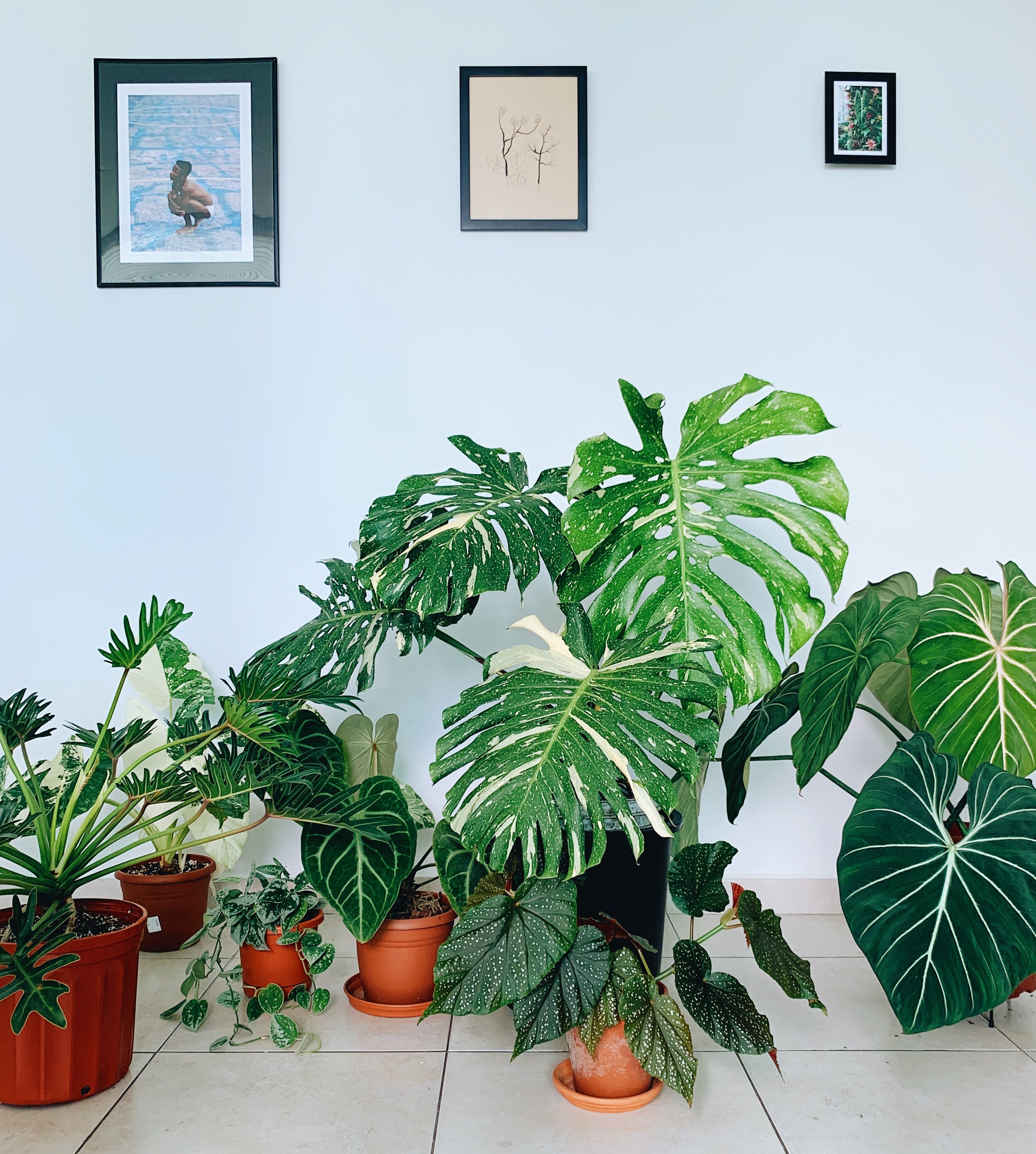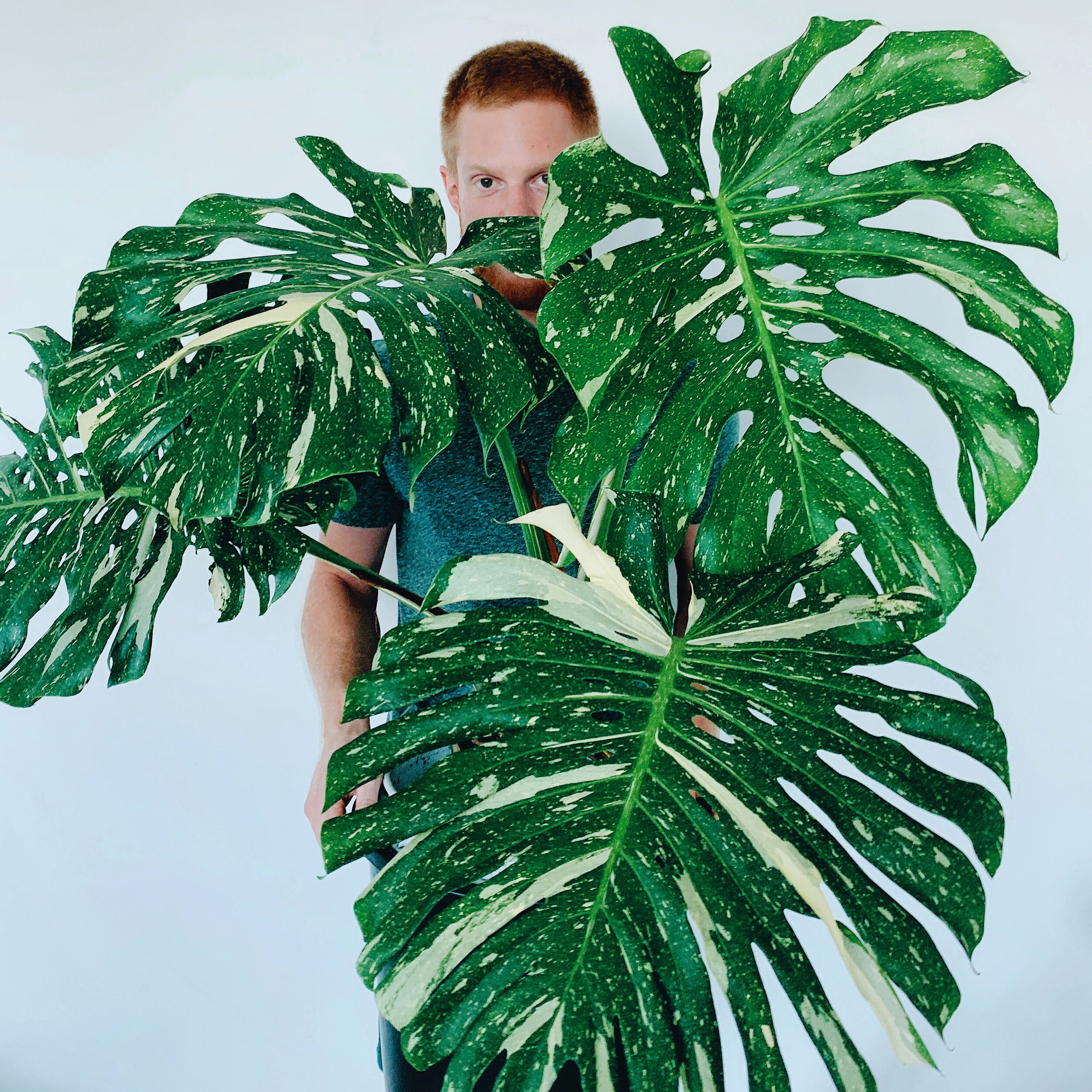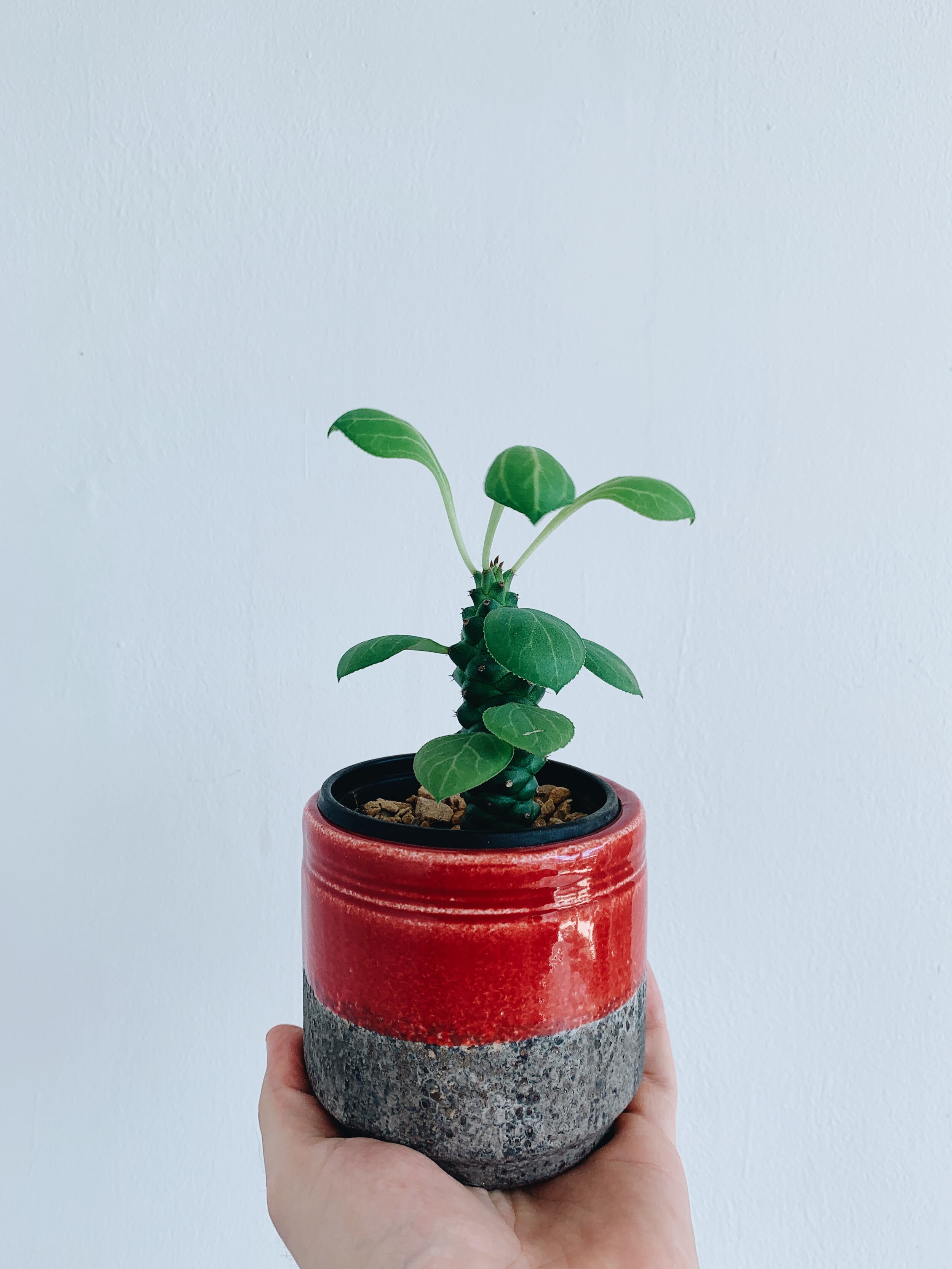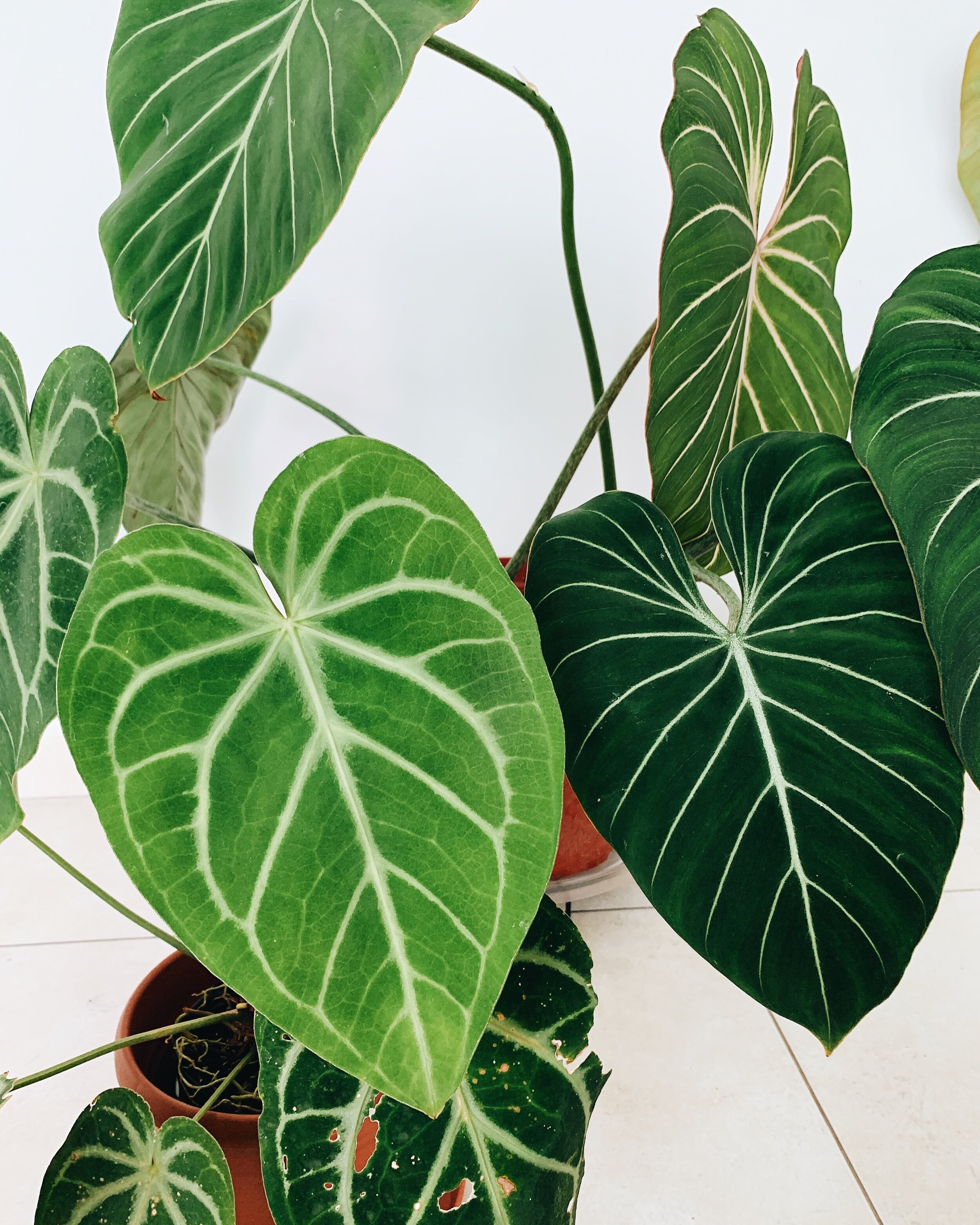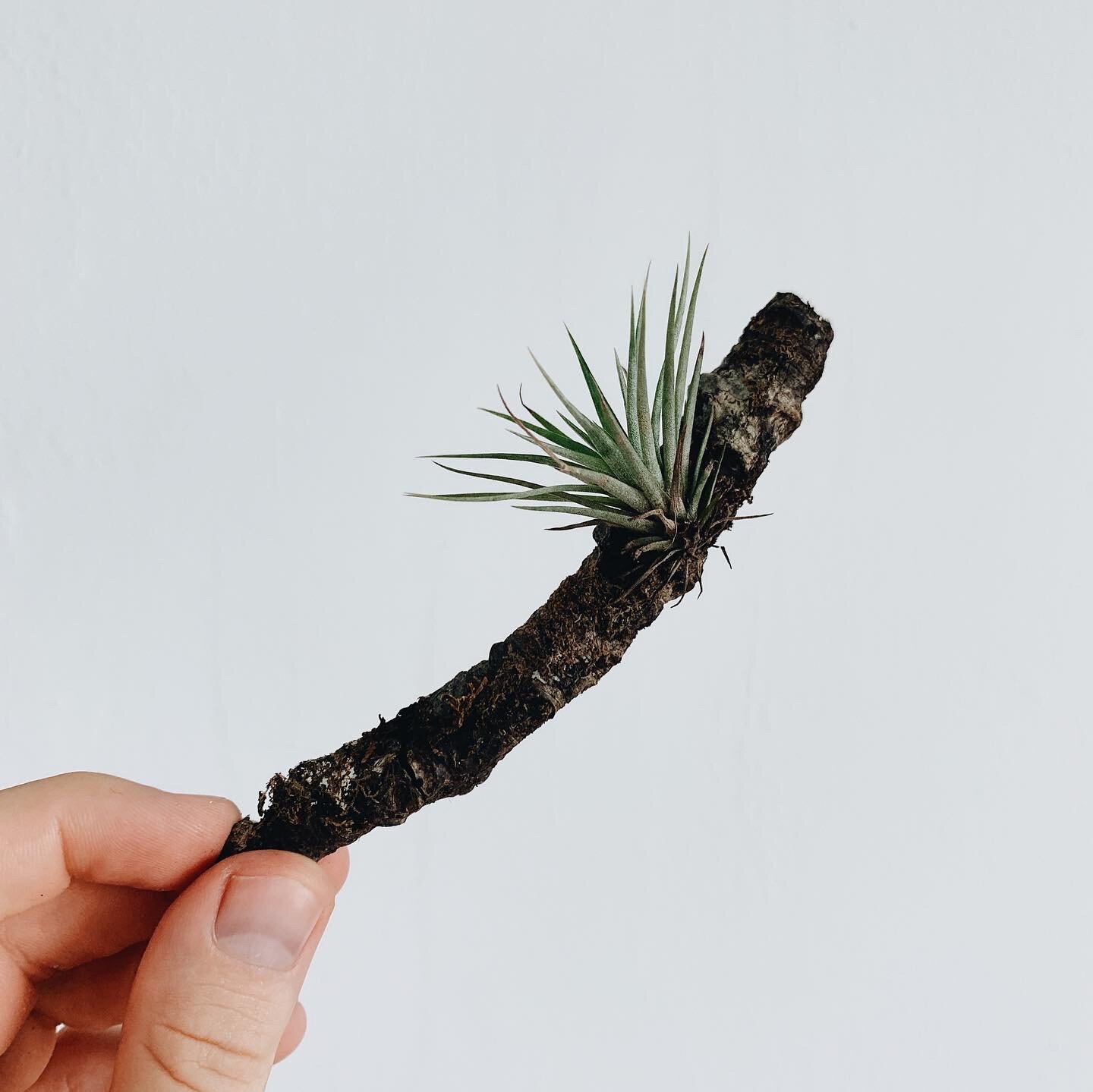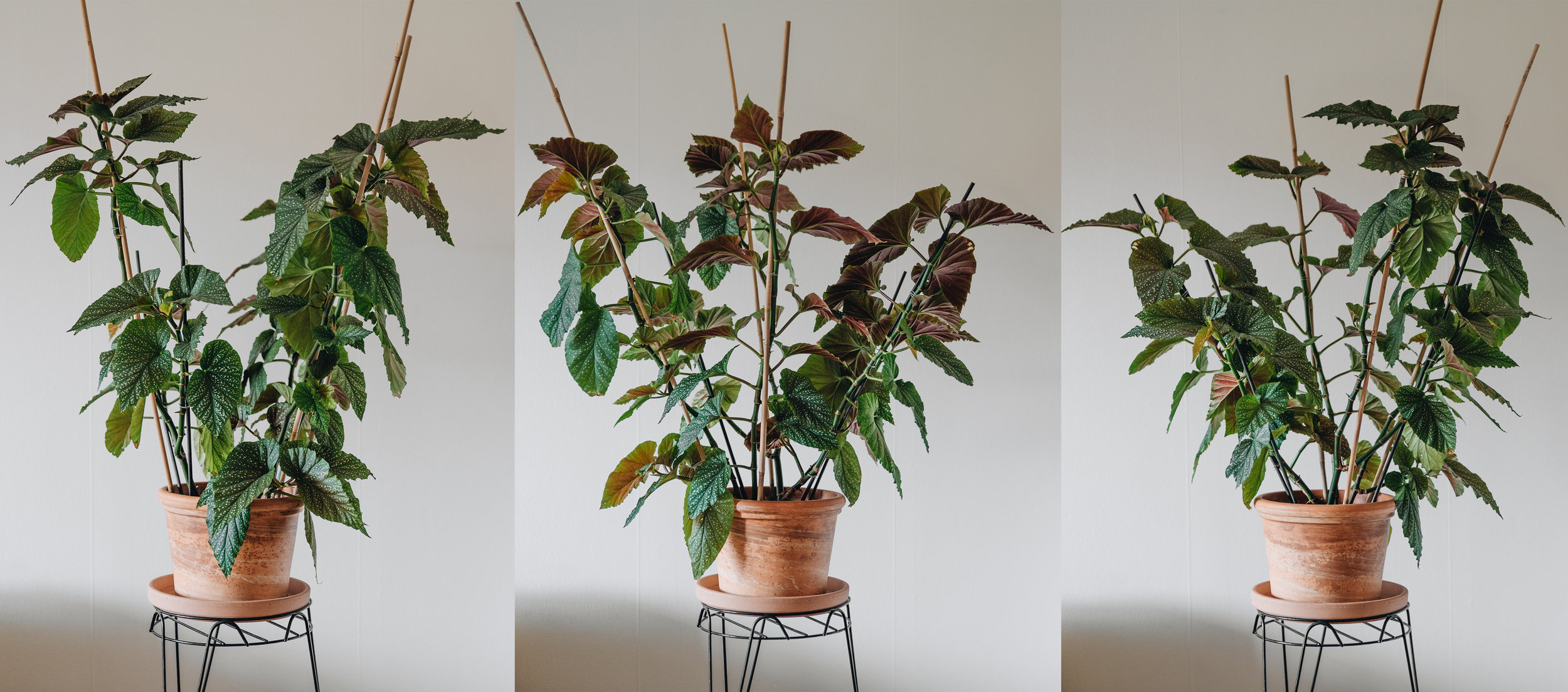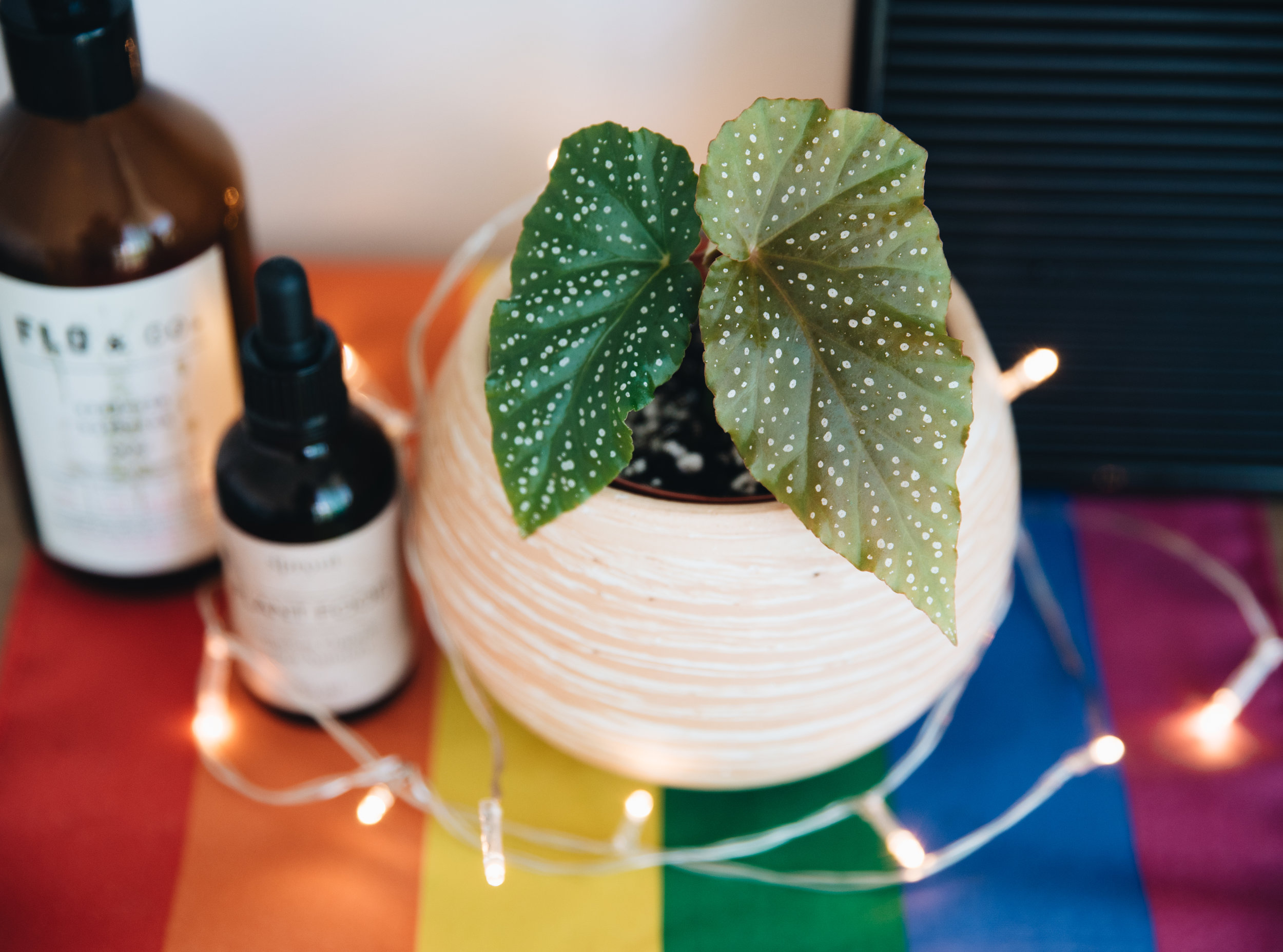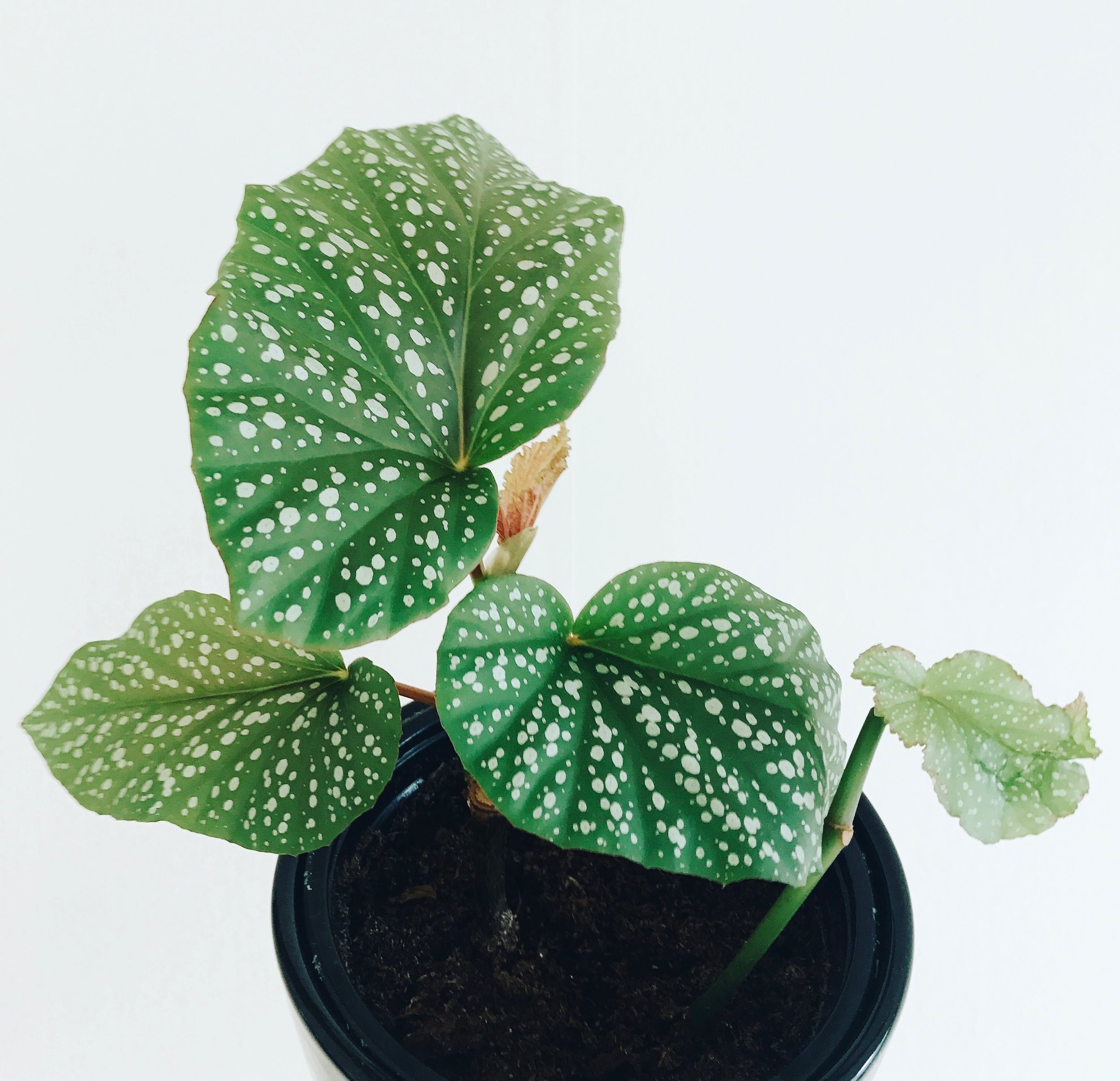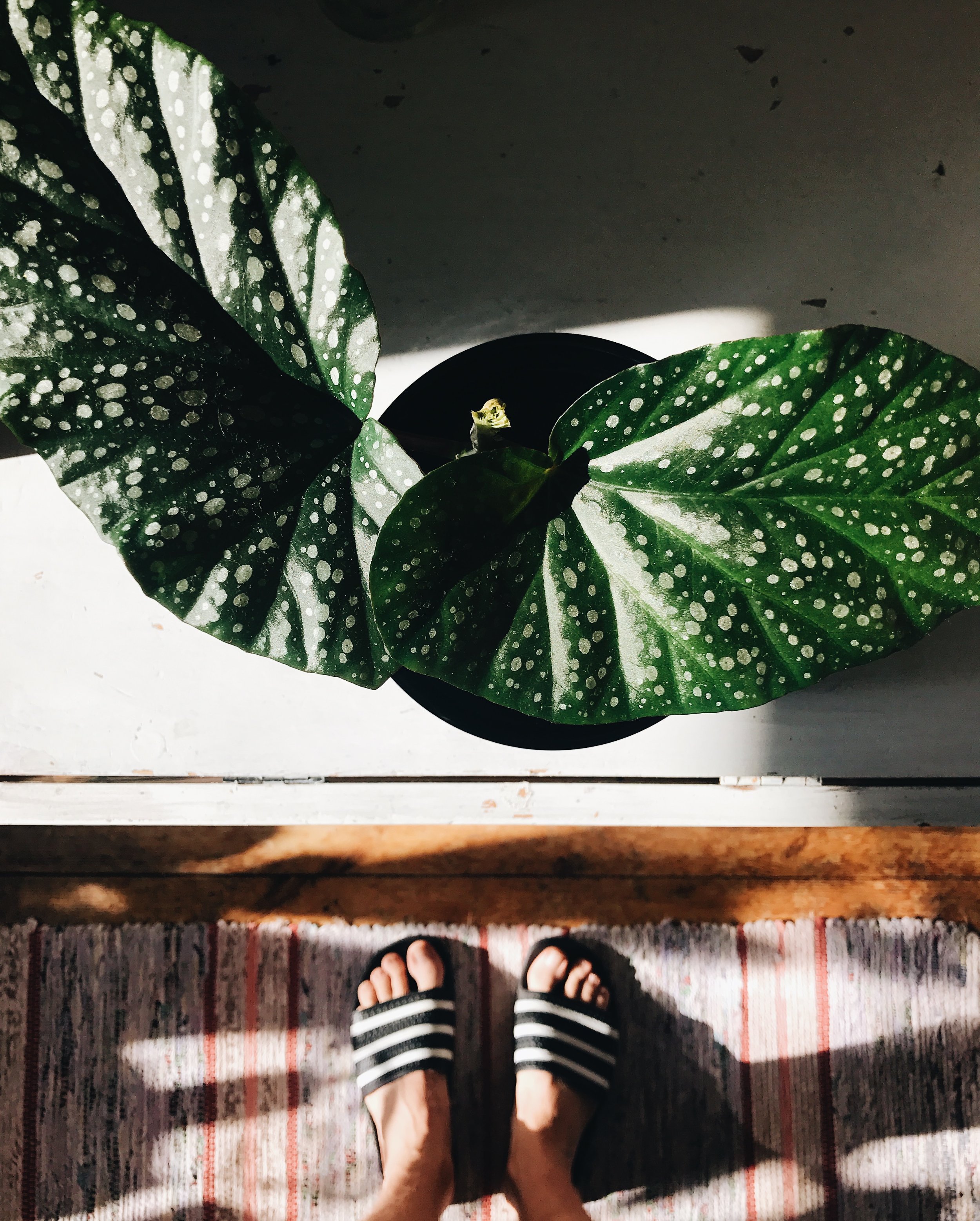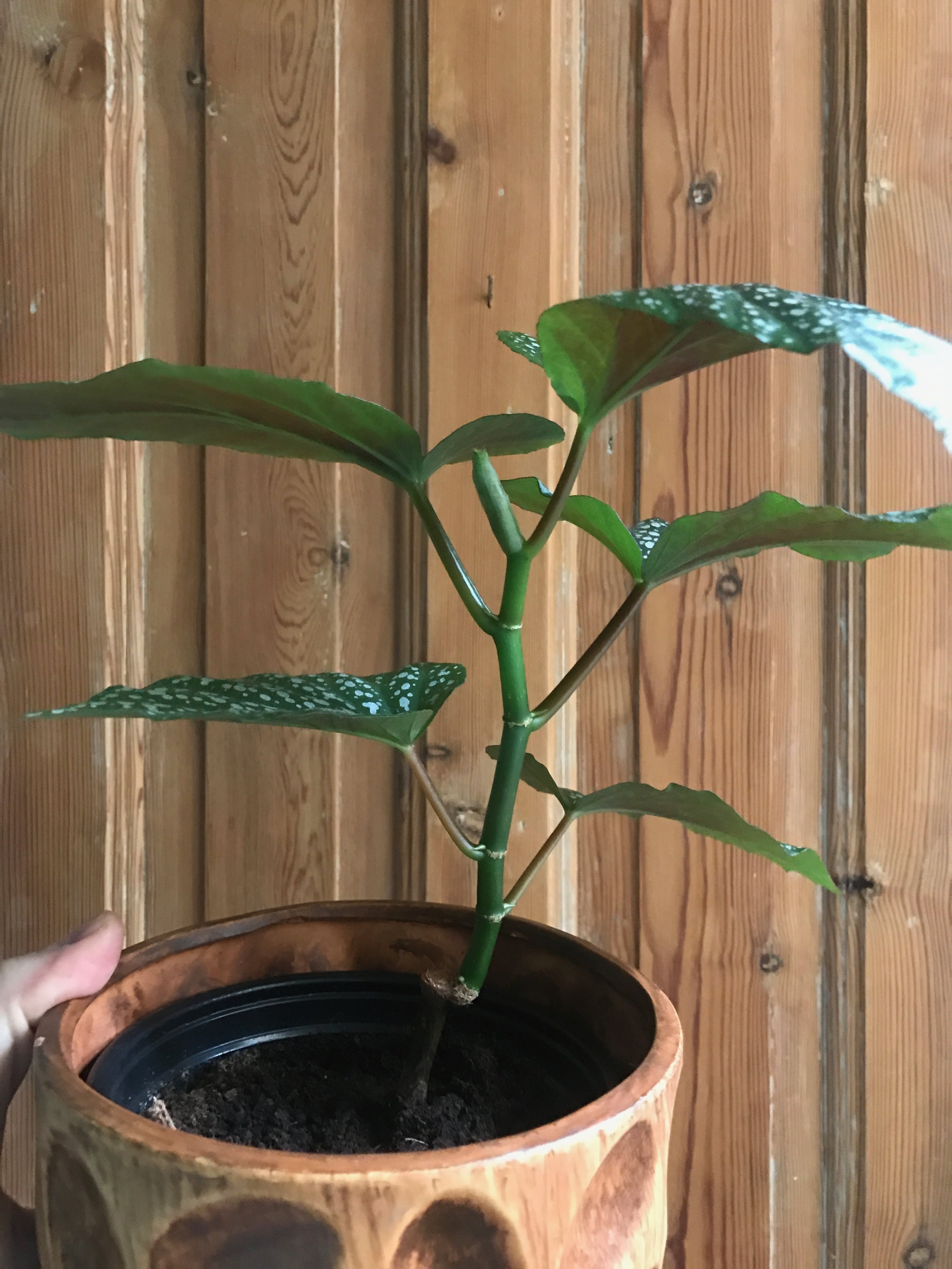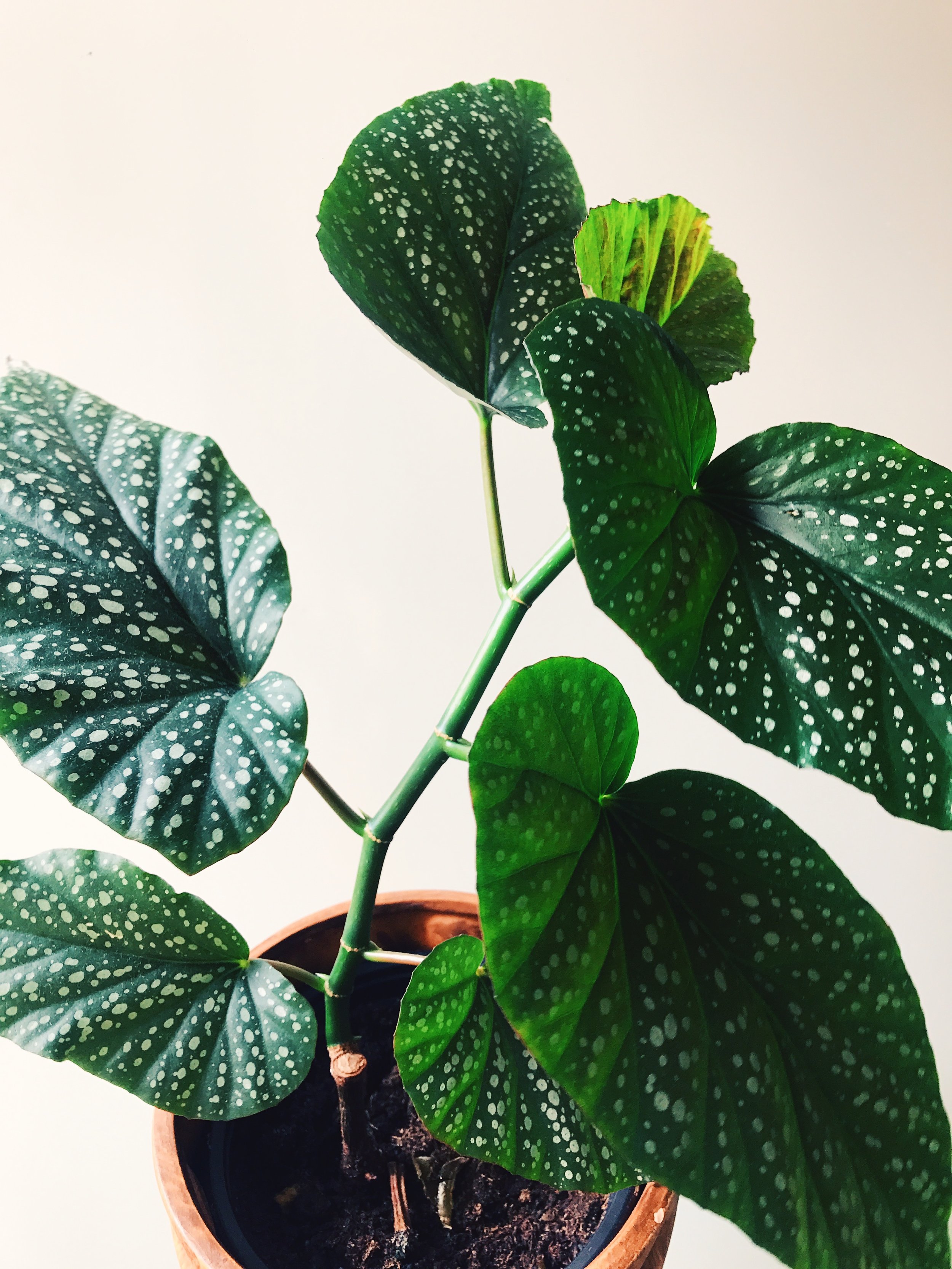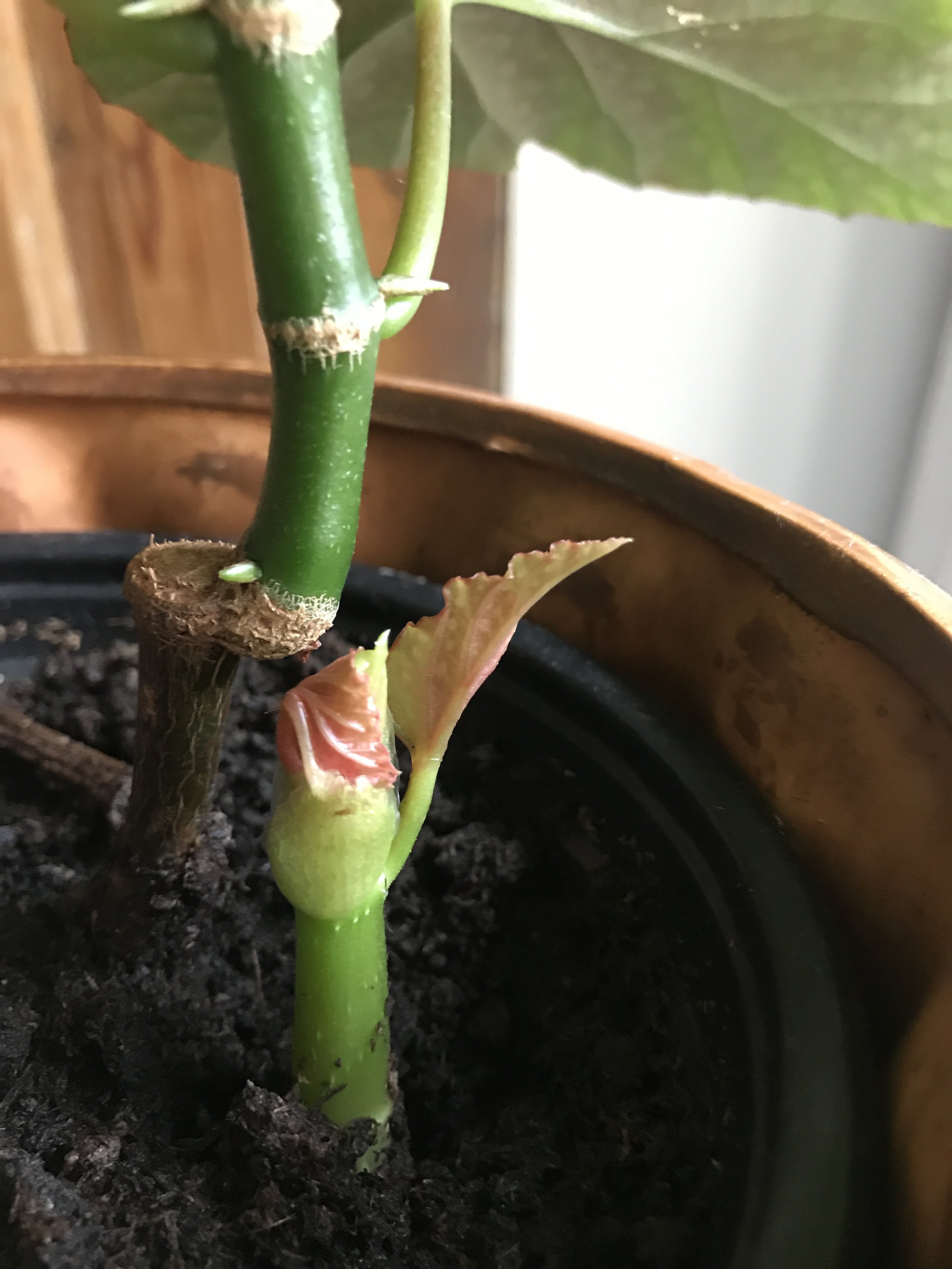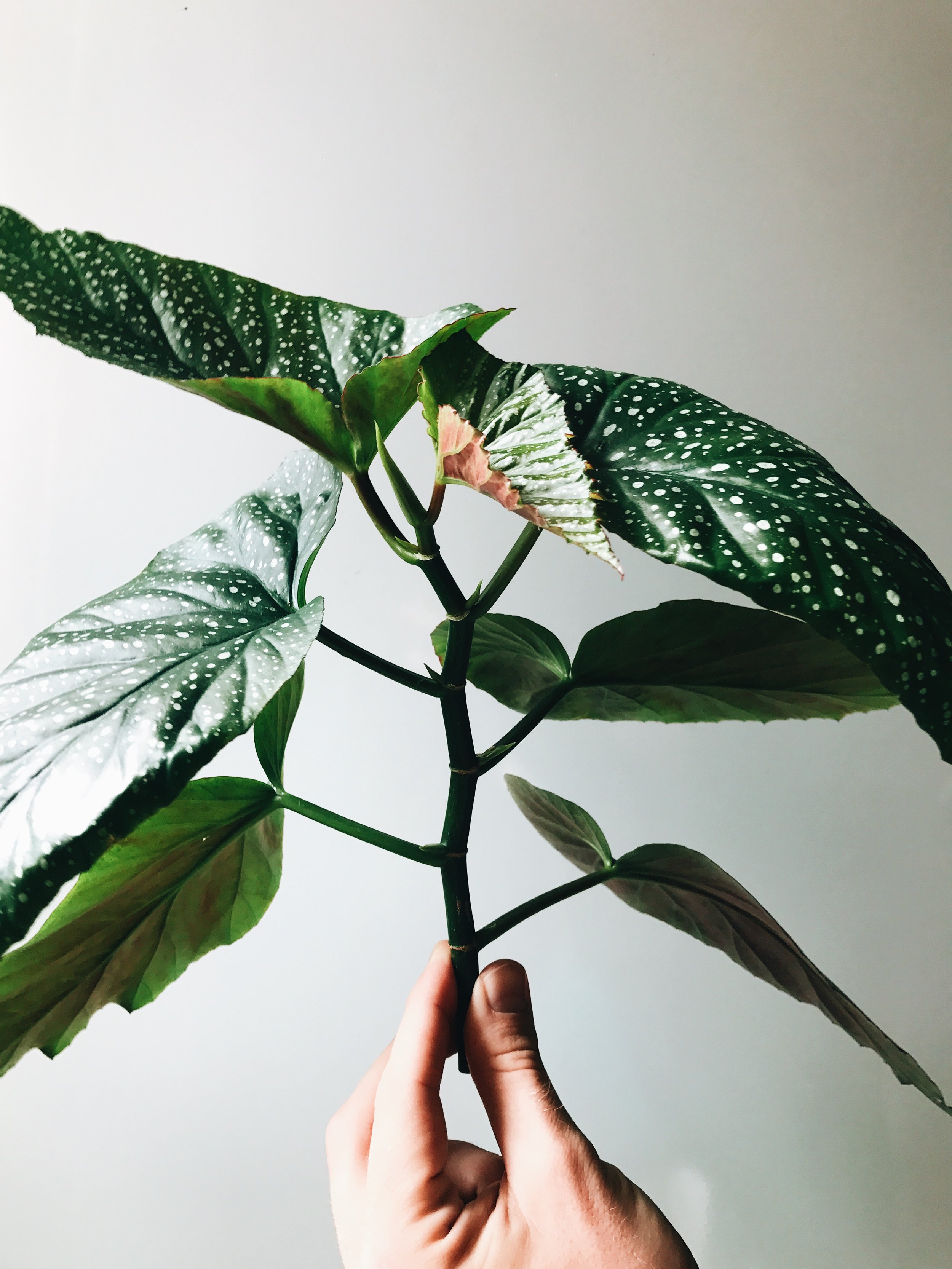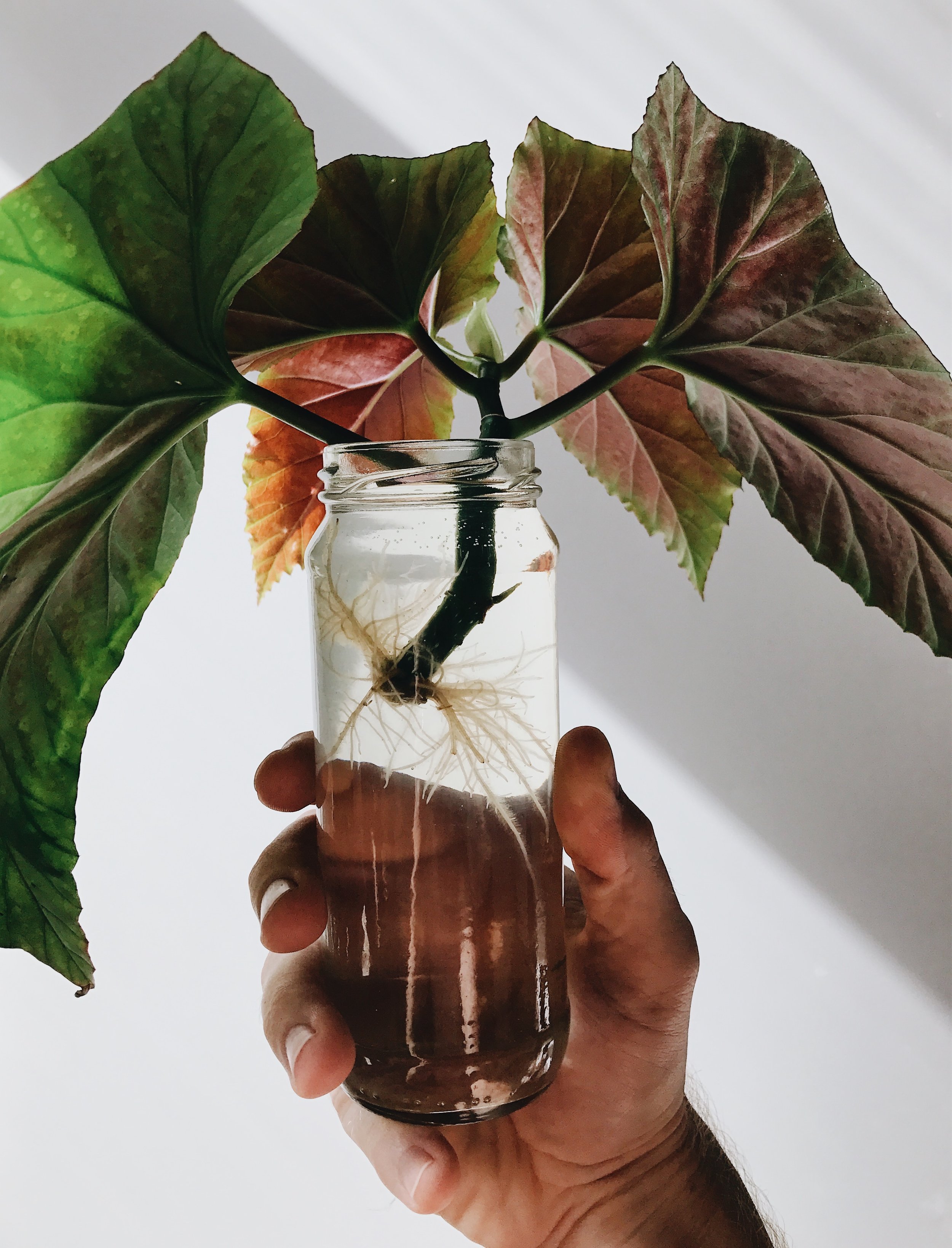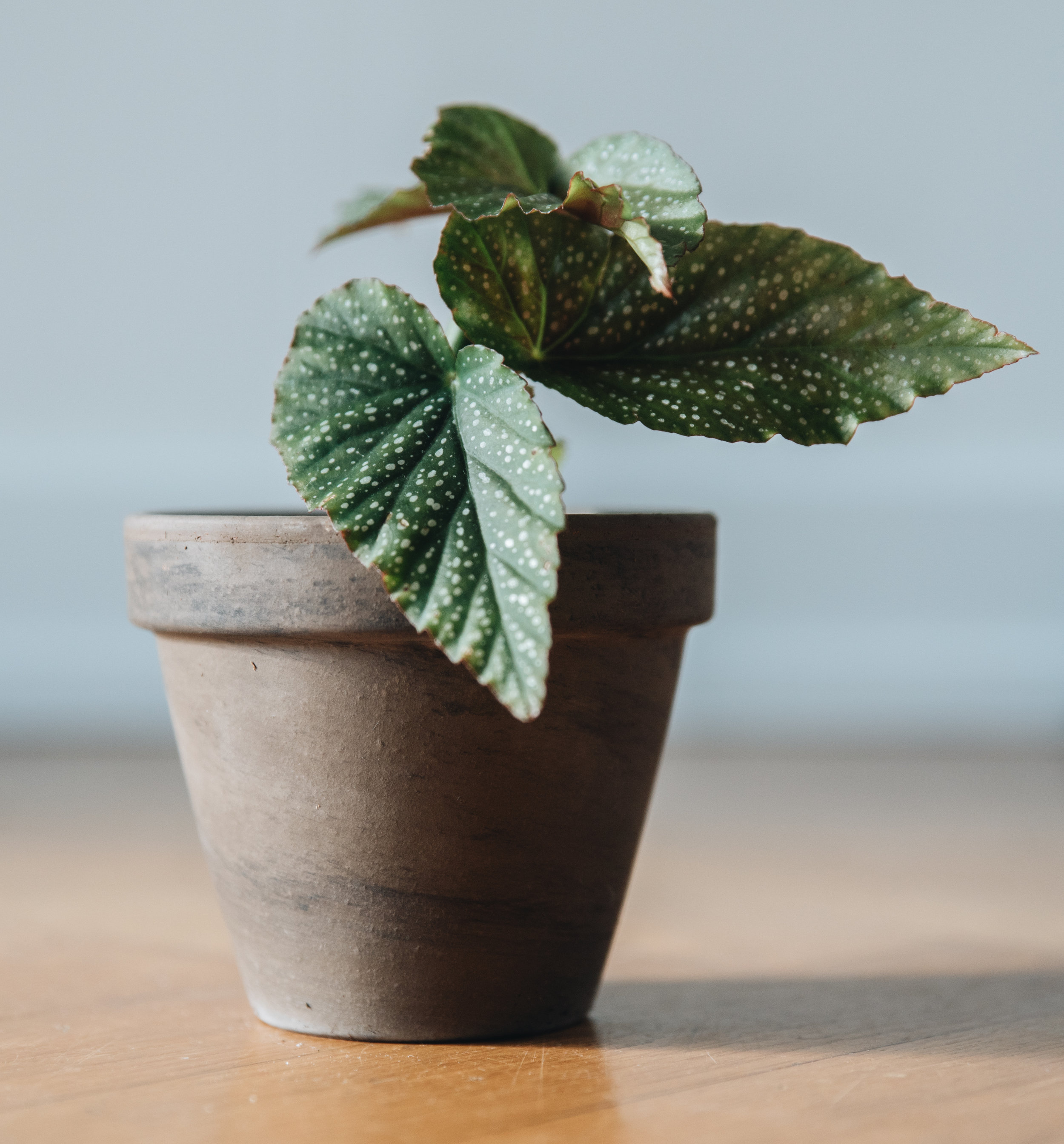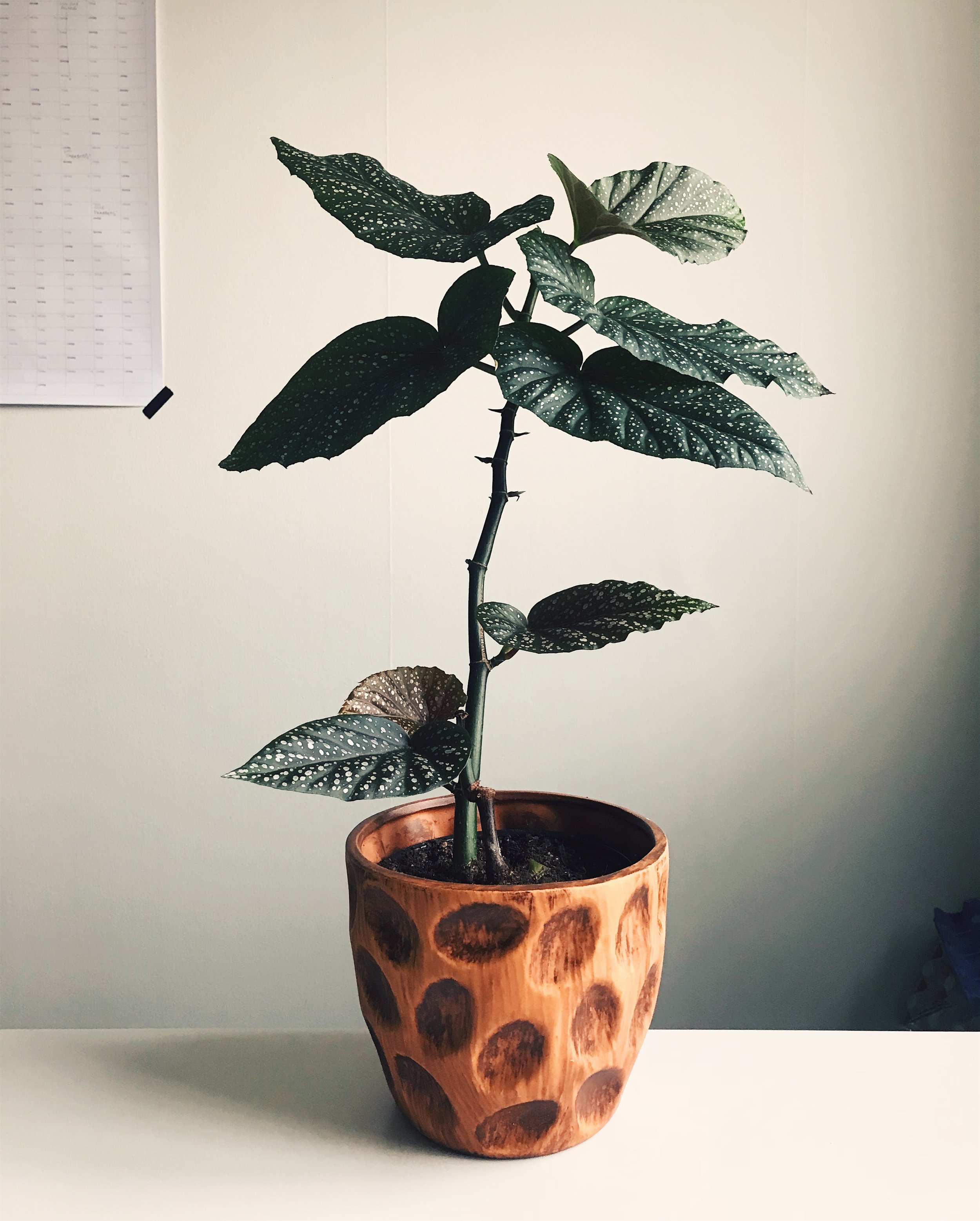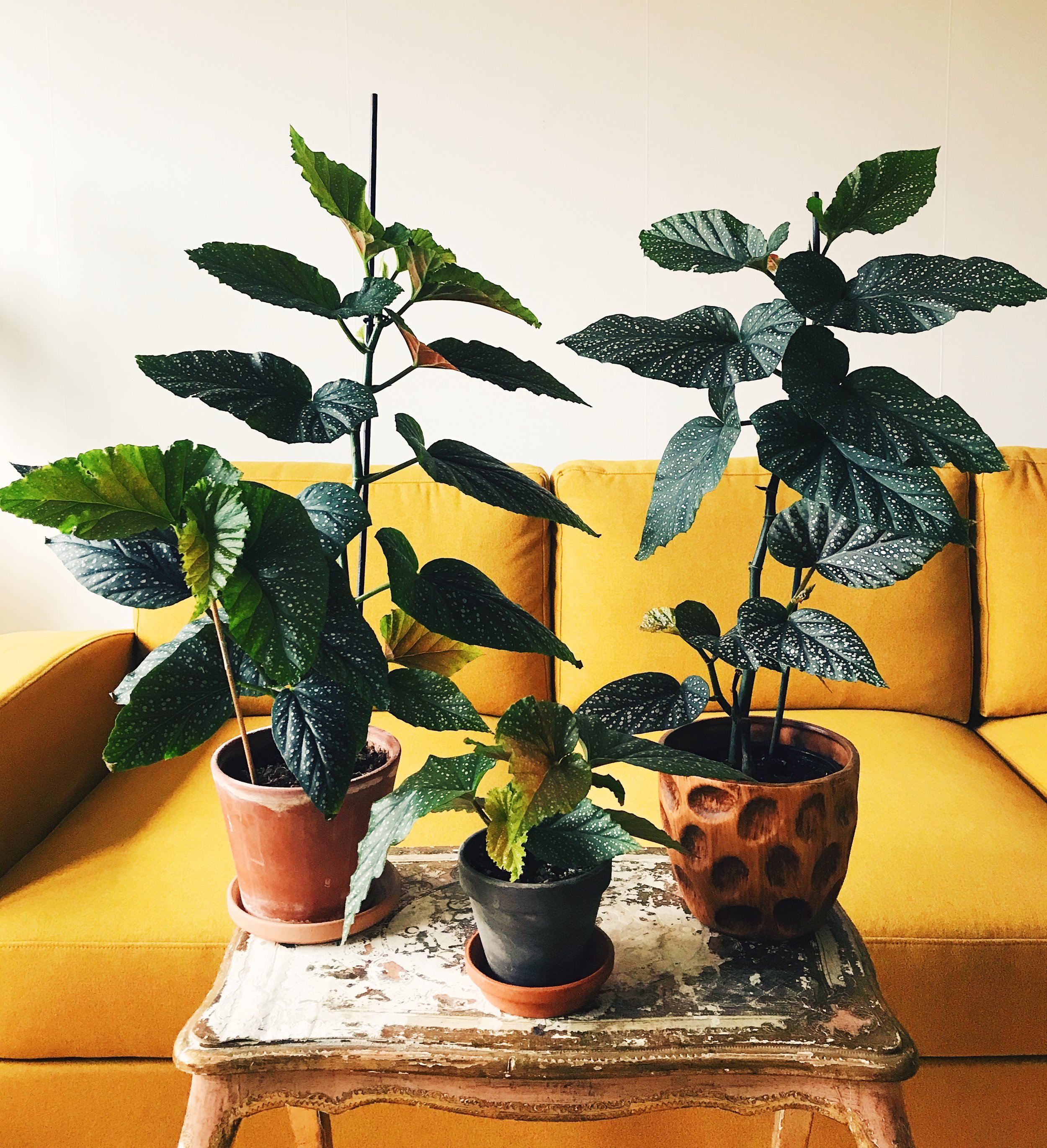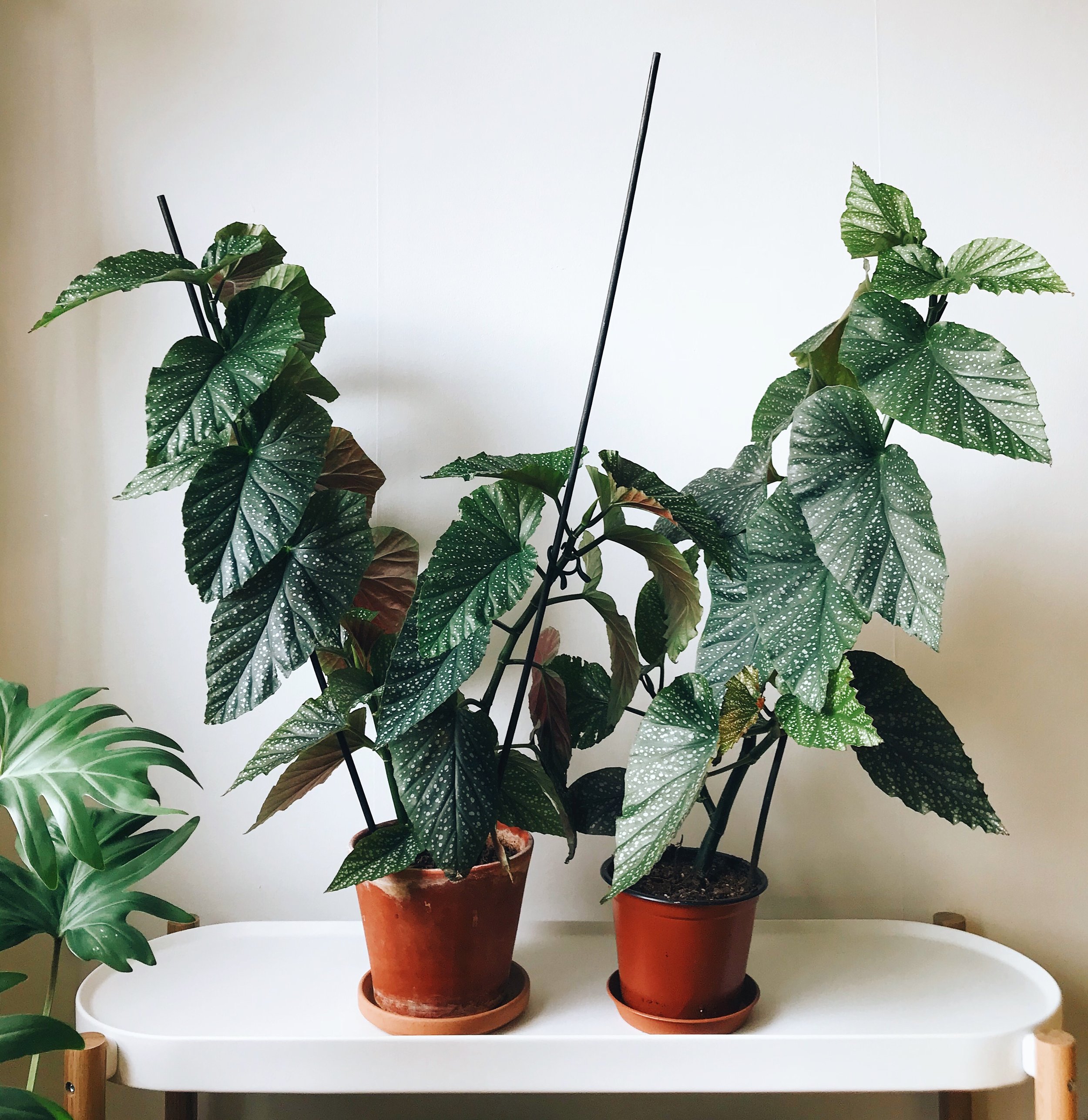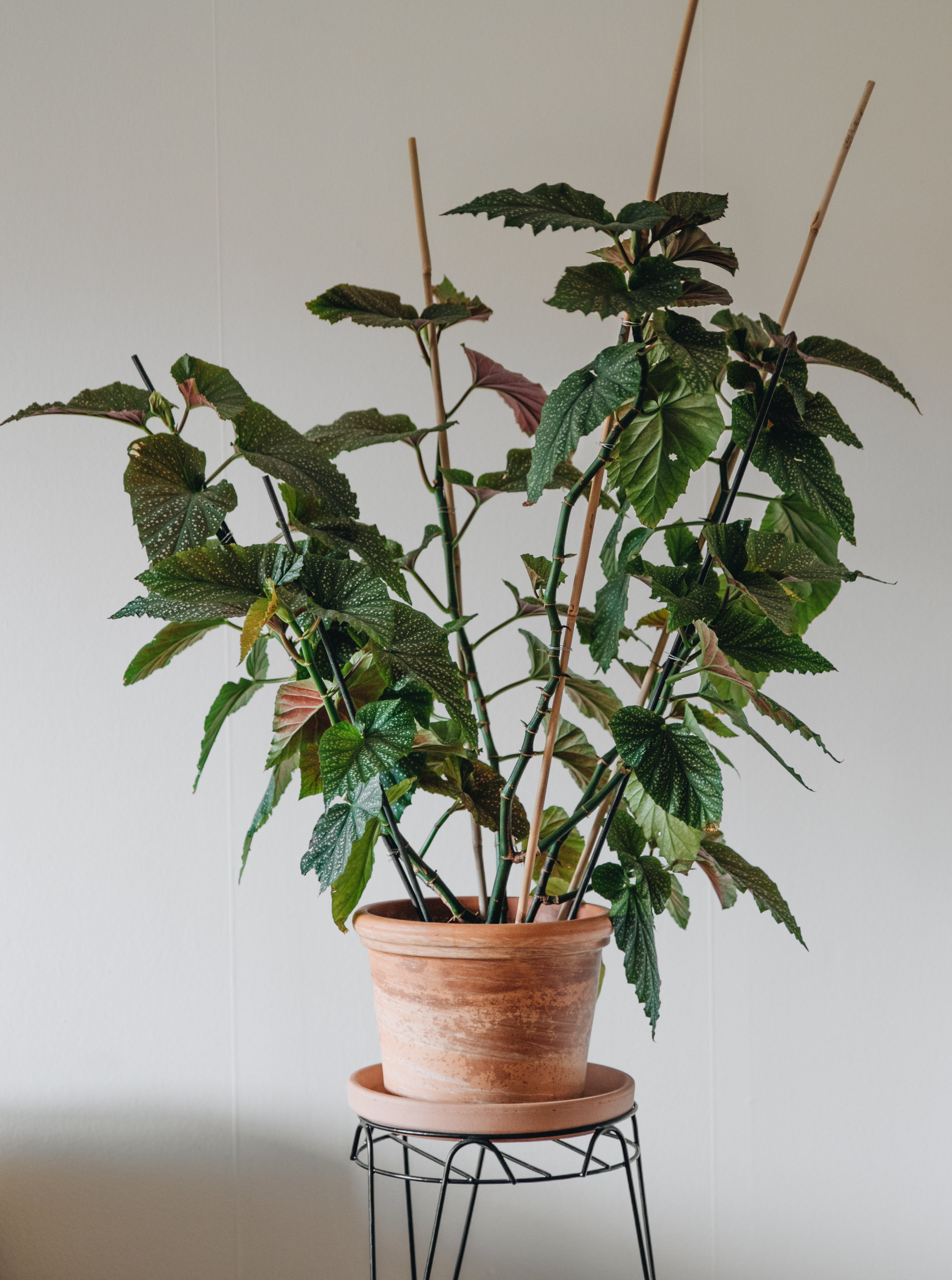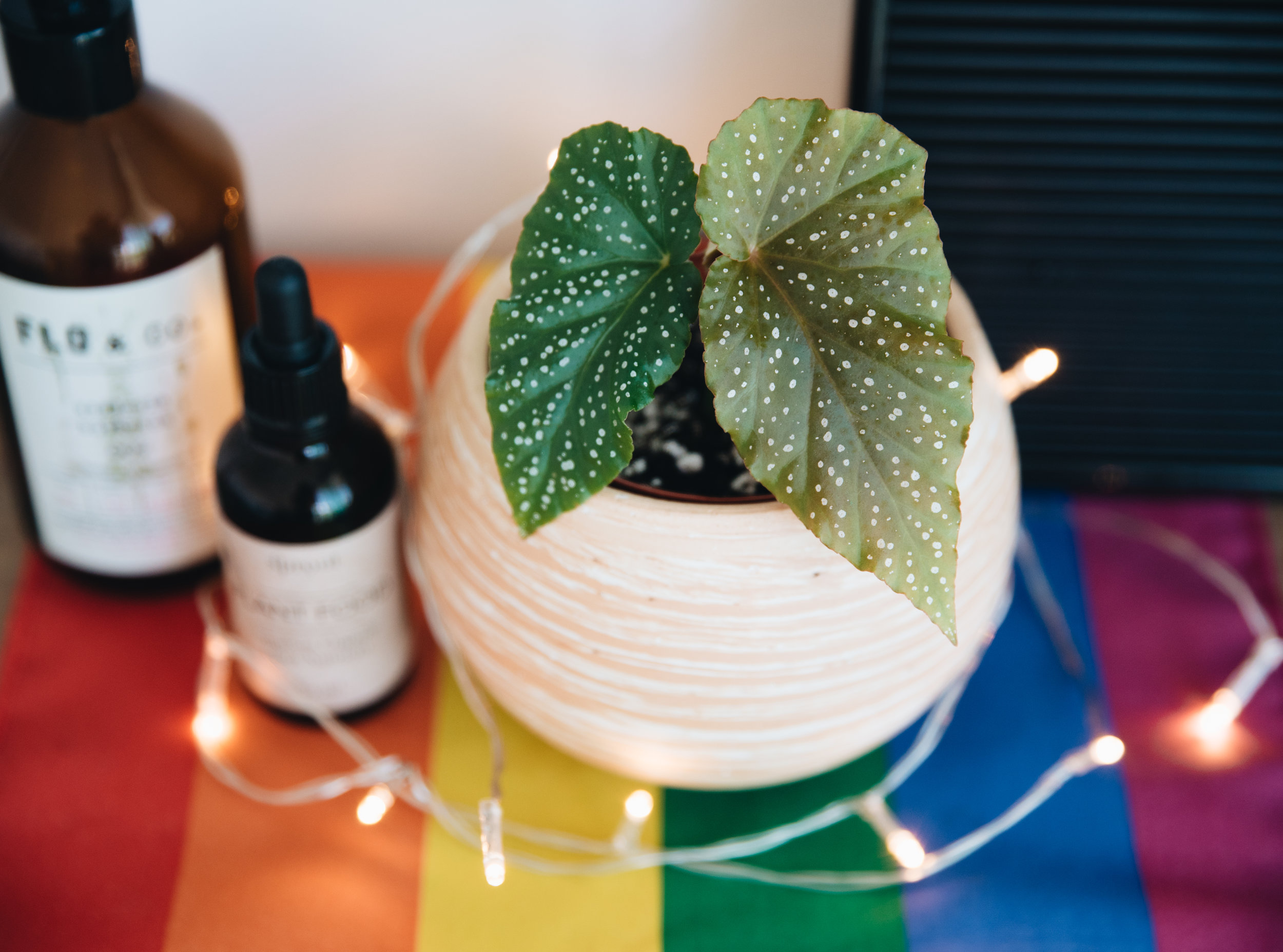…I think about so many different things. This topic came to me recently, when I asked a few friends what type of fragrances they like. The most frequent answer was “oh woody stuff!” (citrus came close second). So I thought I’d explore three very different woody fragrances I have in my collection, and share some thoughts on each.
🪵 Gucci Guilty Absolute for men (2017) by @guccibeauty is a very, and I mean veeery, dry woody fragrance. I see before me a person in a leather jacket, getting off their Harley Davidson, only to enter a forest that hasn’t seen rain for years… There’s leather, cypress, patchouli and vetiver, to make it as woody as possible. These notes also make the fragrance dark, a little dirty, slightly medicinal, and most of all – dry as fuck. And even though I don’t wear it that often, I have to say I love this scent. And basically each time I've sprayed it I’ve gotten compliments. But I really don’t like the shape of the bottle (I have the 150ml bottle and I’m always scared it will fall over and break). I am also firmly against “masculine” / “feminine” classifications of perfume. A scent is a scent, it does not have a gender and is always going to be unisex for me. Having said that, the price is great for this level of quality. What do you think of Gucci Guilty Absolute? I understand it’s quite a polarizing fragrance!
🪵 Gheorghe by @strangers.parfumerie is what I like to call a rustic wood fragrance, with elements of peat, hay, whiskey, tobacco and a certain sweetness you’d only find in the countryside. The tobacco makes it slightly medicinal somehow, but not in a cold way. It’s earthy without becoming humid or bitter. Perfumer @prinlomros took inspiration from the beautiful film “God’s Own Country” when creating this scent, making it part of the brand’s interesting “LGBTQI” series. In my opinion he did a wonderful job in matching the perfume with the film. This was a blind buy for me back in 2019 and before I had watched the film. I can only say it was a great decision! If you haven’t smelled it, try to find it somewhere, and do watch the film as well!
🪵 Gaiac 10 by @lelabofragrances is one of those scents that I personally couldn’t relate to at all when I first tried it. I couldn’t even smell it in the beginning. to be honest! I’ve had it in my collection for several years, but it’s just recently that I’m starting to understand the true power and beauty of it. I think this is mainly because of the musky feel that it has. I’m generally not a musk lover, and I rarely use scents that are categorized as close to skin. Apparently this is the top seller out of the Le Labo City Exclusives (this one belongs to Tokyo), and that makes sense, since it’s a very safe and crowd pleasing fragrance. In general I’m that type of perfume person who likes weird and crazy scents, so it’s natural that Gaiac 10 has never been a favorite of mine. but like I said, I’m starting to reconsider…
Have you tried any of these three? What do you think about them? Let me know in the comment section below, or head over to my Instagram and share your thoughts there.
If you work for a perfume brand and would like me to review your new fragrance (including photos), please write me an email. Looking forward to hearing from you soon :)

